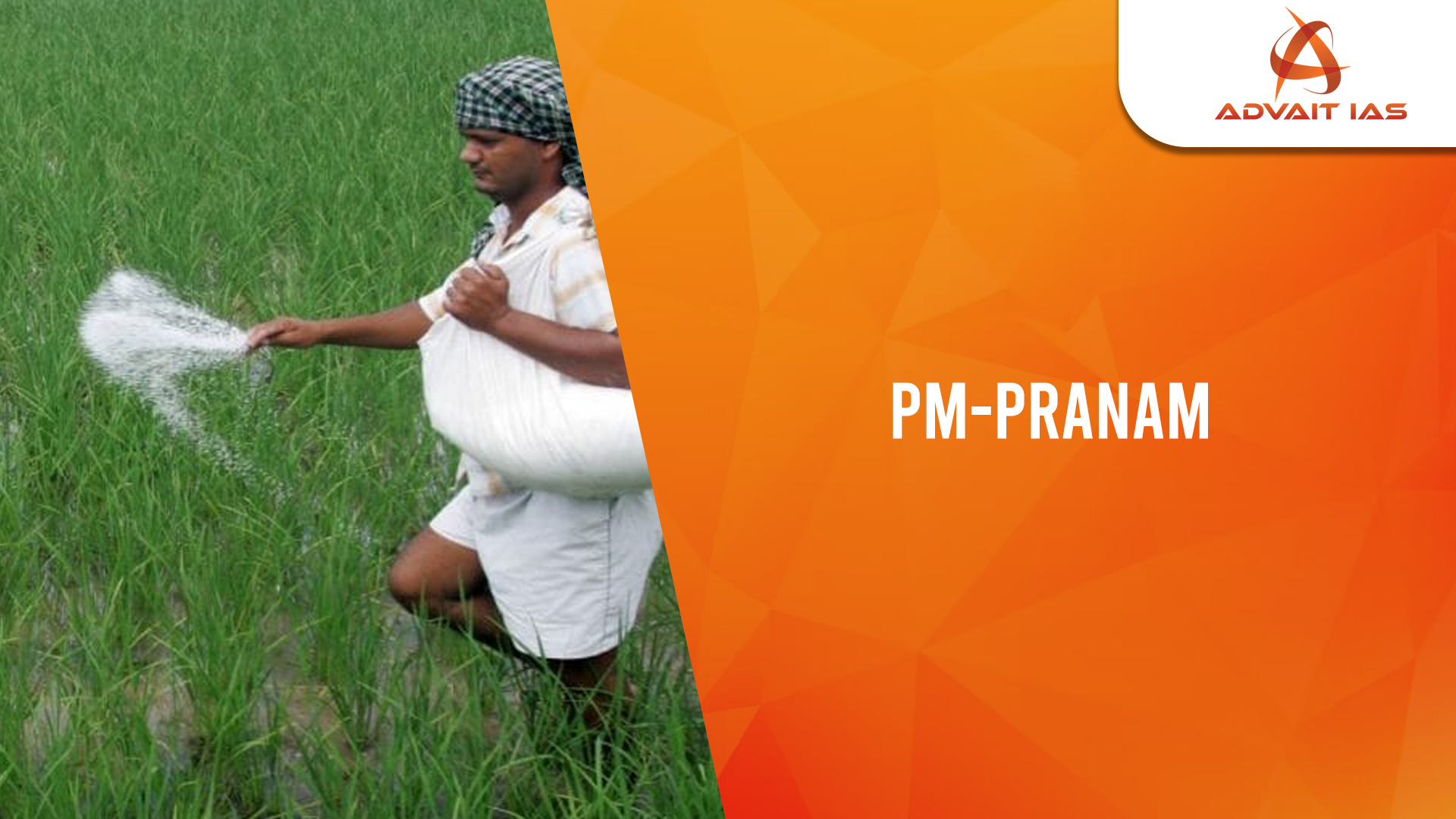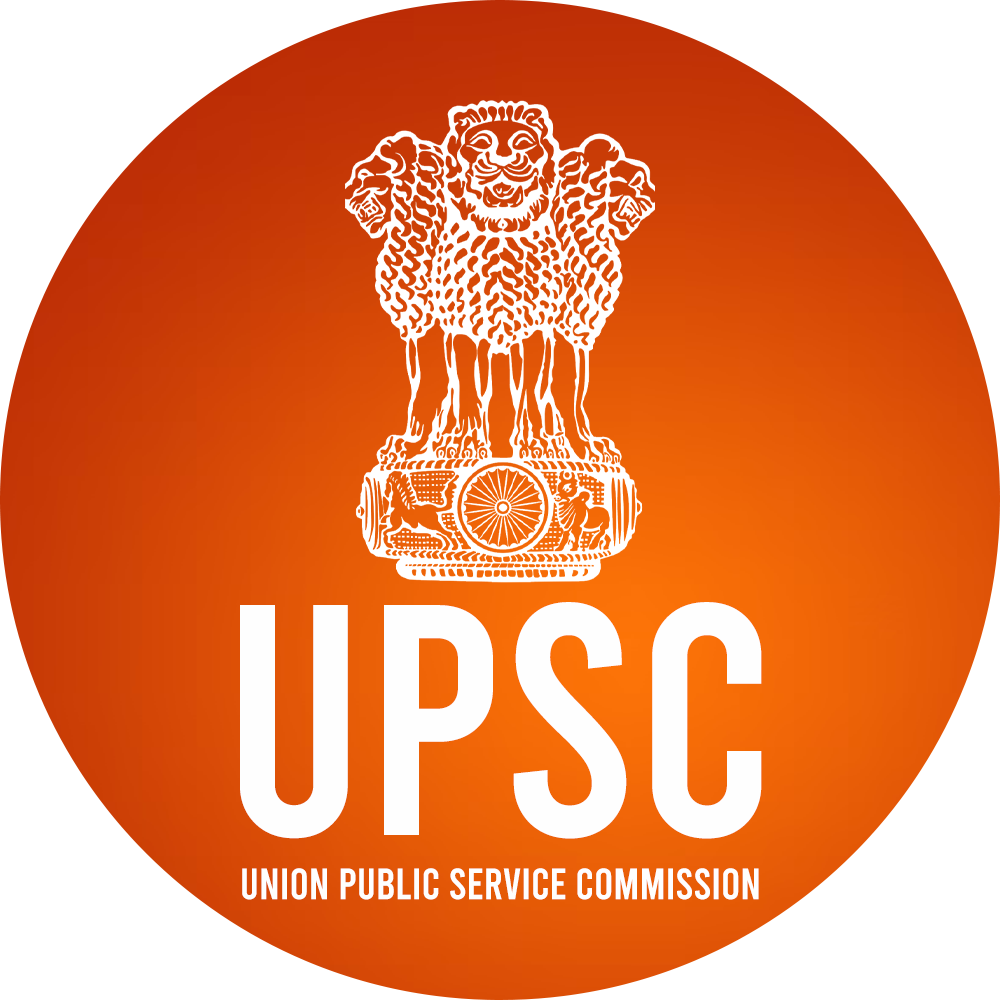Skip to content
The PM-PRANAM scheme (Programme for Restoration, Awareness, Nourishment and Amelioration of Mother Earth) has reported a reduction of 15.14 lakh tonnes of synthetic fertilizers in FY 2023–24.
This has led to substantial savings in fertilizer subsidies , reflecting its early success.
Karnataka alone contributed to 30% of the total savings , followed by Maharashtra, West Bengal, and Andhra Pradesh, which together accounted for 58% of the remaining savings .
What is PM-PRANAM Scheme?
Launched : June 2023.Objective : To reduce the use of chemical fertilizers by incentivizing states to promote organic and alternative fertilizers .Duration : Operational for 3 years – FY 2023–24 to FY 2025–26.Goal : Target to reduce ₹20,000 crore in chemical fertilizer subsidies.
Promotes balanced use of fertilizers by combining biofertilizers , organic , and natural farming practices .
No separate budget: Funded through savings from existing fertilizer subsidies .
Monitored via the Integrated Fertilizers Management System (iFMS) .
How PM-PRANAM Supports Sustainable Agriculture Reduction in Chemical Fertilizer Dependency
Limits excessive use of synthetic fertilizers like:
Reduces risks of:
Soil degradation Groundwater contamination Biodiversity loss
Fertilizer reduction is measured against a three-year average consumption baseline per state.
Incentive-Based Model
50% of subsidy savings are returned to states:
70% of this must be invested in infrastructure for alternative fertilizer technologies .30% is used to reward farmers, panchayats, and other stakeholders for their contribution.
Boost to Organic and Natural Farming
Supports production and use of:
Compost , vermicompost , bio-slurry , cow dung-based fertilizers , etc.
Enhances soil fertility , reduces chemical residue, and supports climate-resilient agriculture .
Environmental and Economic Benefits
Improves soil health , conserves water, and reduces ecological damage caused by fertilizer overuse.Minimizes external subsidy burden and encourages self-sufficiency at the state level.
Helps address issues tied to electricity and irrigation subsidies , particularly excessive groundwater extraction.
Impact So Far
14 lakh tonnes reduction in chemical fertilizer usage (FY 2023–24).Karnataka: 30% of total savings.Remaining 58% majorly from Maharashtra, West Bengal, and Andhra Pradesh.
Marks the initial success of a decentralized, performance-based approach to fertilizer management.
error: Content is protected !!






